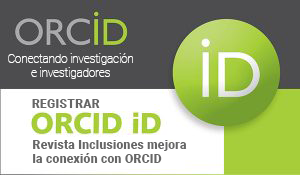DIGITAL TECHNOLOGIES AND INNOVATIONS IN PREDICTING RISKS FOR INMATE MISCONDUCT
Palabras clave:
Data source, Prediction, Inmate misconduct, Digital model, Misconduct predictionResumen
Digital technologies and innovations are developing rapidly in all spheres of life. The Russian Federal Penitentiary Service (FSIN of Russia) goals and objectives are to ensure the rule of law and security in prisons. Modern approaches to the digital system for the assessment and prediction of risks for FSIN of Russia are aimed at adapting the digital innovation systems and their key indicators to predicting techniques in penitentiary institutions. Based on the analysis of special Russian and foreign literature, we studied inmate misconduct and its manifestations in prisons using digital tools. The study of inmate misconduct and its qualitative and quantitative indicators allowed us to ascertain the heterogeneity of their destructive manifestations. It was suggested to identify risk categories of the inmates based on the Big Data technologies. We proposed the algorithm for recognizing misconduct risks using the capabilities and distinctive characteristics of digital technologies, innovative modeling and forecasting methods, which were taken as the foundations for constructing an abstract inmate’s risk misconduct model. Based on comparative analysis and Big Data, the necessity of integrating the existing types into a comprehensive system was substantiated. The importance of analytical technologies for predicting inmate misconduct was emphasized.
Publicado
Cómo citar
Número
Sección
Los autores retienen los derechos de autor y otorgan a Revista Inclusiones el derecho de publicación bajo Creative Commons Attribution 4.0 International (CC BY 4.0). Esto permite el uso, distribución y reproducción en cualquier medio, siempre que se otorgue la debida atribución al autor.











